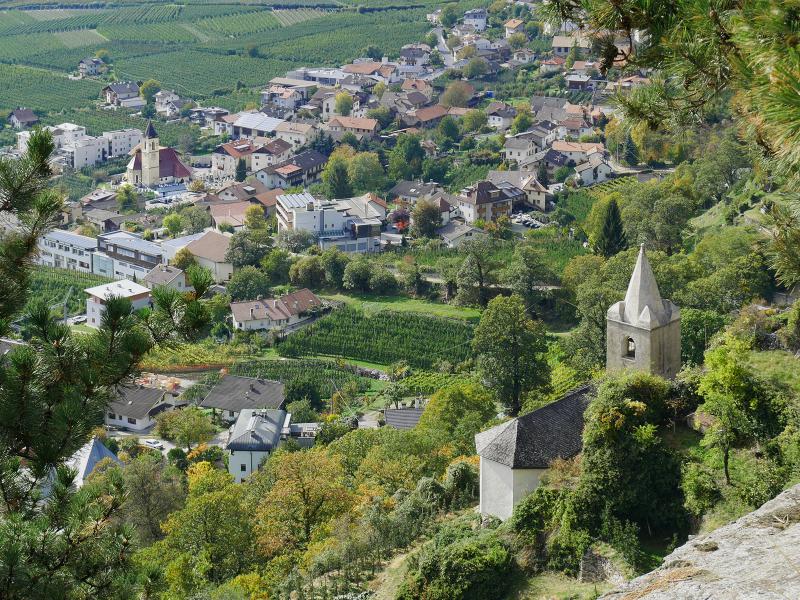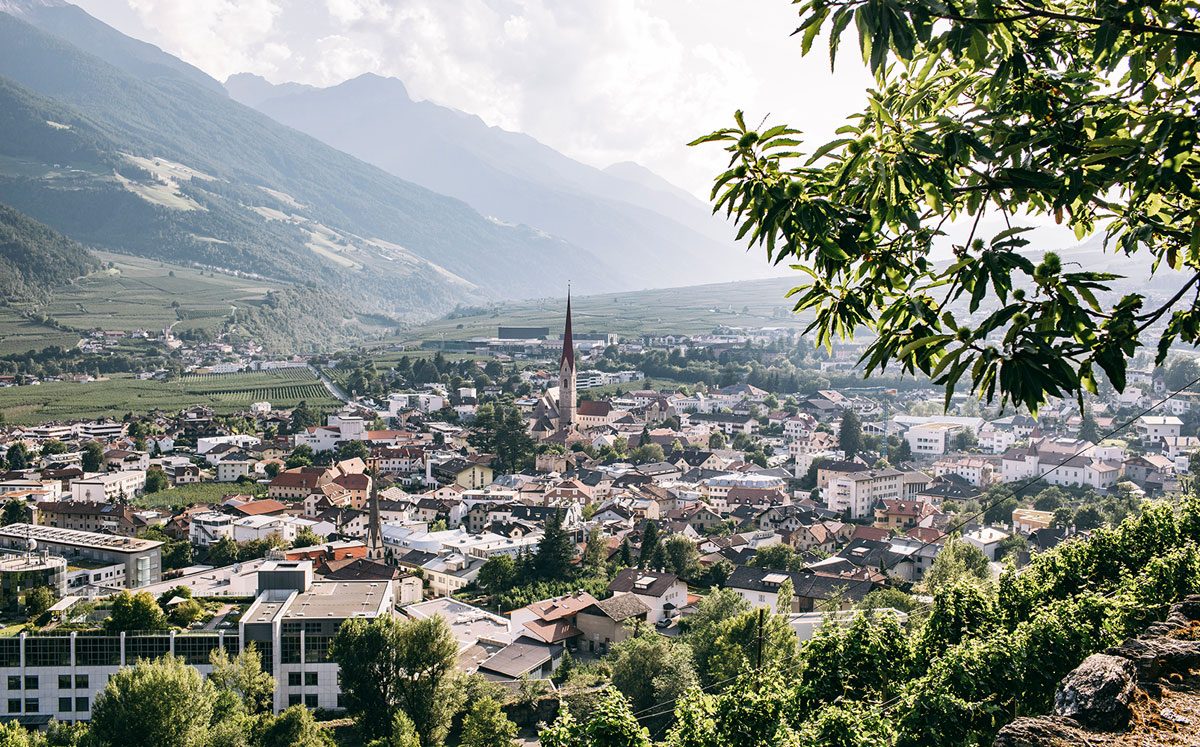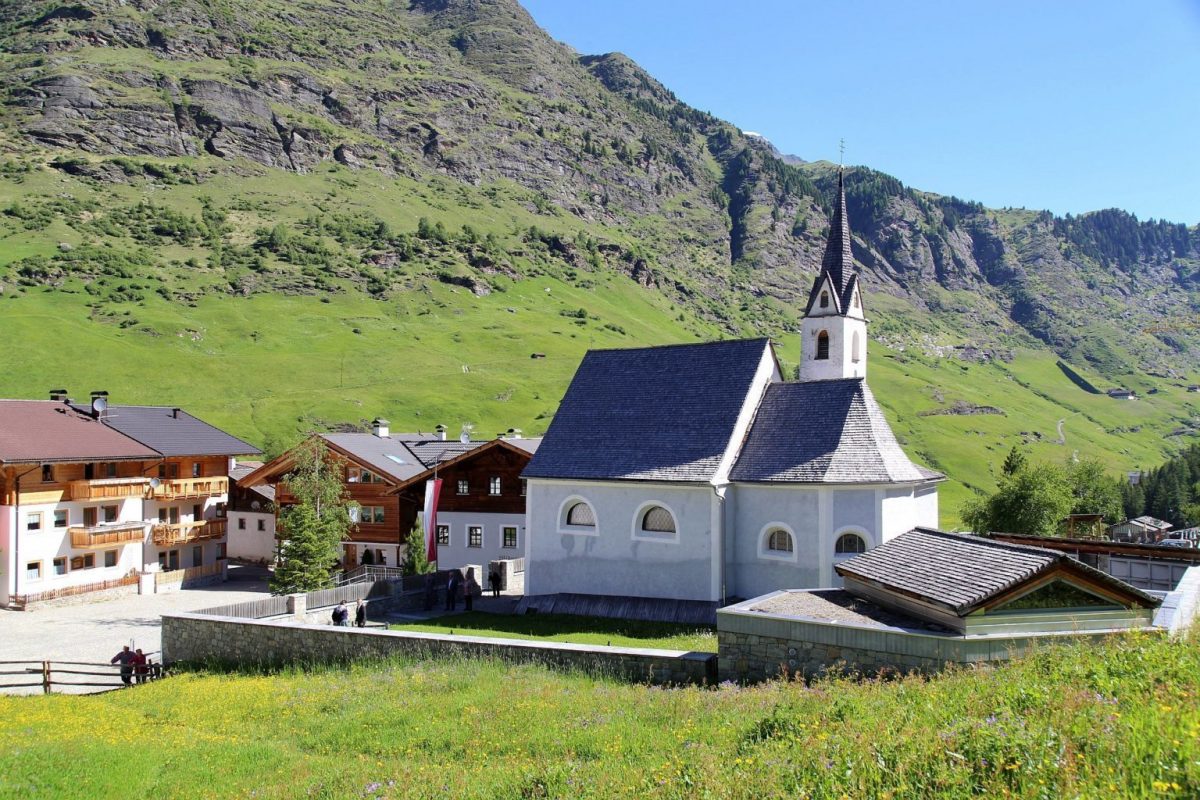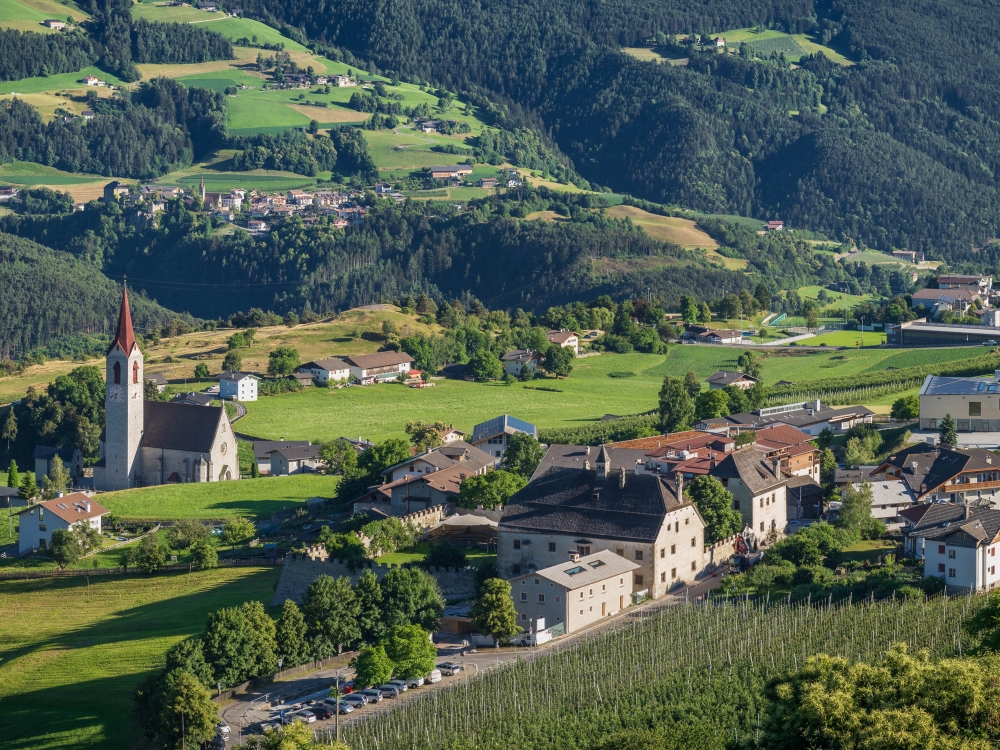How to reach Lasa
Attractions:
– Church of St. Sisinio
– Church of Maria Lourdes
About five kilometers from Silandro/Schlanders lies Lasa/Laas with his quiet historic town center. The apse of the parish church from the 12th century is a particular highlight of the village tour. It was created out of white marble, which is quarried above the village. Lasa owes its nickname, the marble village, to the white gold and boasts a reputation far beyond its country’s borders as well.
But guests can look forward not only to special cultural places, but also natural sites, because Lasa is not only known for its marble. As the cold pole at the foot of the high Ortler massif, it is also ideal for growing produce. Organic products from Lasa, like apricots, apples and sauerkraut, enjoy an excellent reputation. Amidst the idyllic natural landscape, the “Marble and Apricots” festival takes place every year.
Art & Culture:
As a diverse country of contrasts, the Venosta Valley was an important gateway valley on the Adige River since Roman times and has been settled since prehistoric times. The valley was not only a connecting route over the Alps, but also a center of marble quarrying. Additionally, the Venosta Valley was rarely the scene of armed conflict. Thus, valuable monuments remain standing to this day.
In the capital and cultural center of Silandro/Schlanders and in the marble and artists’ village of Lasa/Lasa, there are a lot of attractions including castles and churches, frescoes and works of art from all eras. Early Romanesque churches along the ancient trade route Via Claudia Augusta connect at the foot of the high alpine scenery of the Stelvio National Park, forming a unique cultural landscape. Between traditions and everyday customs and culture, the Venosta Valley today also brings forth young creative artists and architects.
Taste & Enjoy:
Nature, culture and unadulterated enjoyment – this is the hallmark of Venosta Valley. Agriculture continues to play a major role today in the valley of connoisseurs. Time goes by differently here – the rhythm of daily life, work, and regional cuisine are adapted to the climate and the seasons.
Sun, wind and little precipitation characterize the valley. This excellent microclimate helps bear sweet fruit on the farms. Venosta Valley is today home to high quality produce. Here you will find old fruit varieties such as the Venosta Valley apricot or Palabirne (pear), and cabbage products – specialities, which are still sold direct from the farm and in farmers markets. Additionally, fields of grain, fruit and vegetable planations, and vineyards at altitudes up to 1000 m above sea level can be found here.
Shopping:
Apples, apricots, cabbage and marble: The Silandro and Lasa holiday area in the Venosta Valley is known for its regional delicacies and the purest marble in the world. The variety of Italian fashion boutiques, shoe stores and sportswear stores make the area the shopping center of the Venosta Valley culture region.
In our shopping guide you will find a list of shops, service providers and craftsmen in the Silandro and Lasa holiday area. Ideal for your holiday shopping and the perfect holiday gift for the loved ones at home.









